Create a Vintage Christmas for Less: Nostalgic Decor Deals Up to 51% Off in Amazon’s Holiday Blowout
Save up to 50% off tinsel trees, vintage ornaments, bright lights, and more during Amazon's holiday decor blowout.

Save up to 50% off tinsel trees, vintage ornaments, bright lights, and more during Amazon's holiday decor blowout.
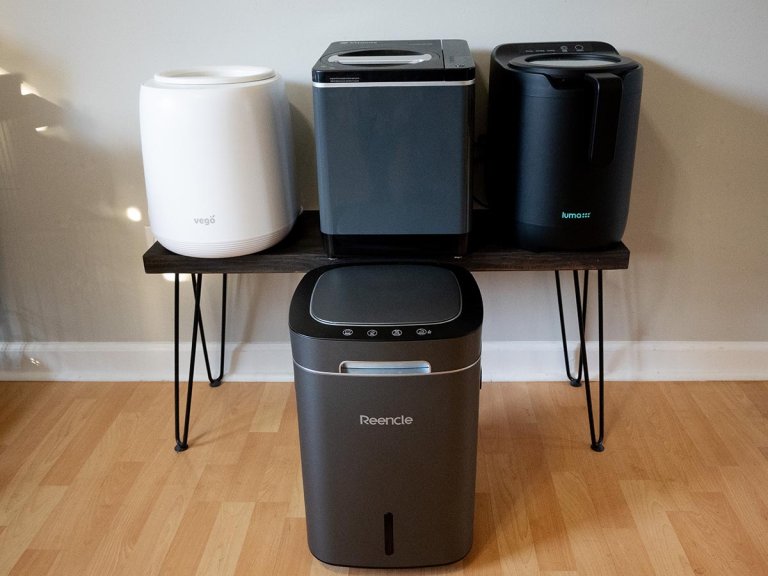
Reduce your food waste and turn meal scraps into a soil amendment for your plants with the help of these nifty composting machines.

Balsam Hill is known for crafting high-quality, premium Christmas trees, and now you can score one for 50% off with this Cyber Week deal.
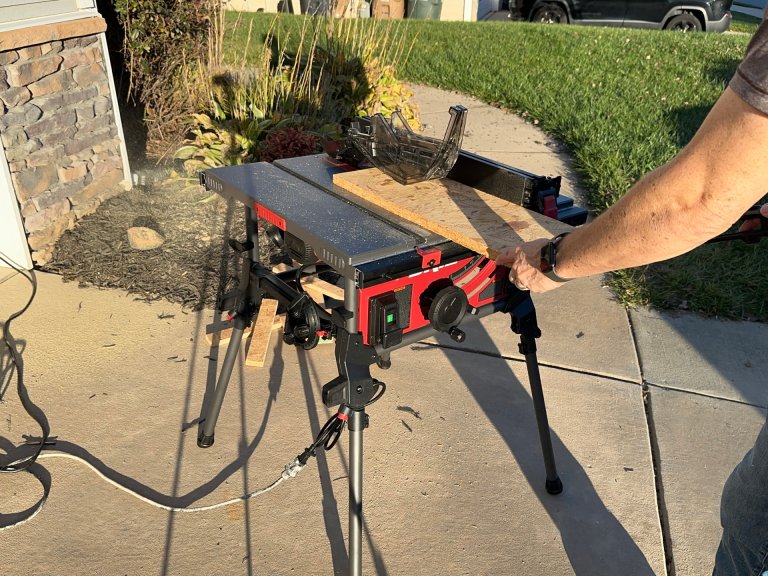
Impressive performance and an affordable price make this the ideal table saw for a DIYer's workshop.
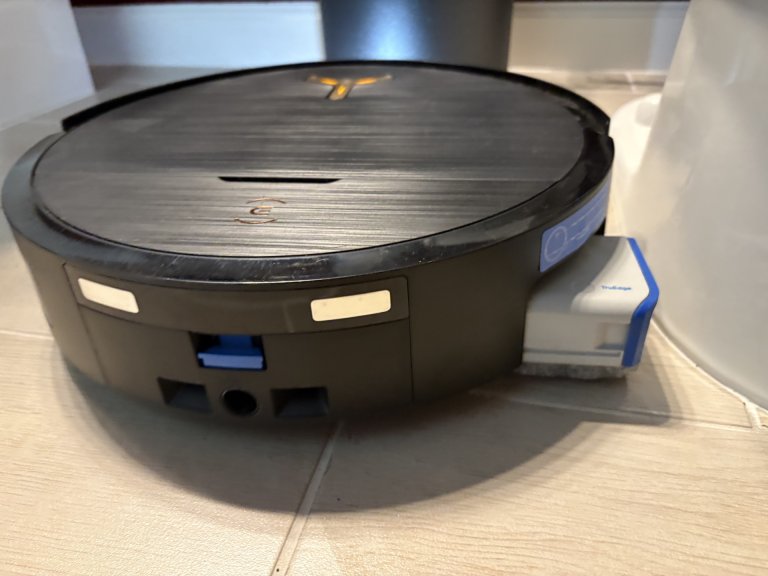
Get the right robot vacuum for your space and budget and let it do the dirty work for you.

Good tool belt suspenders should help keep your gear handy, allow freedom of movement, and provide all-day comfort. Here are the best options for a variety of jobs, projects, and preferences.

Choose these eco-friendly paint formulas to protect your home’s indoor air quality without sacrificing quality coverage.

This dazzling, app-controlled light set transforms any Christmas tree or display into a showstopper. Save 43% today.

This new video-enabled garage door opener taps into technology like never before.
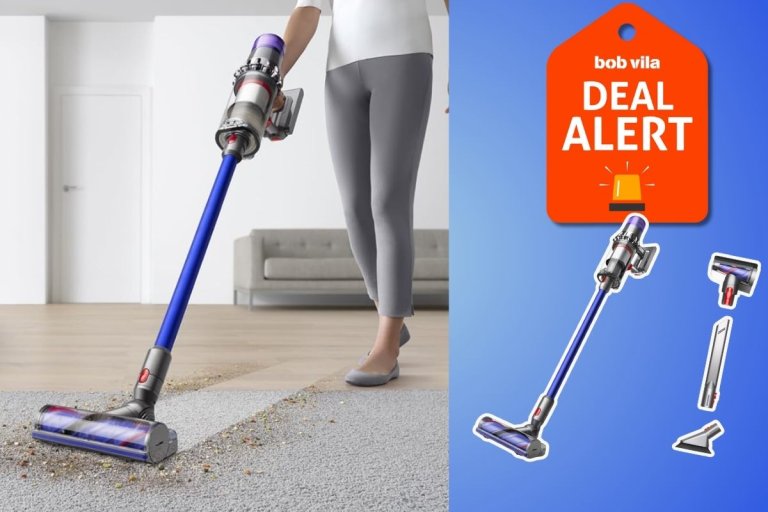
This high-performance cordless stick vacuum is now at one of its lowest prices of the year.
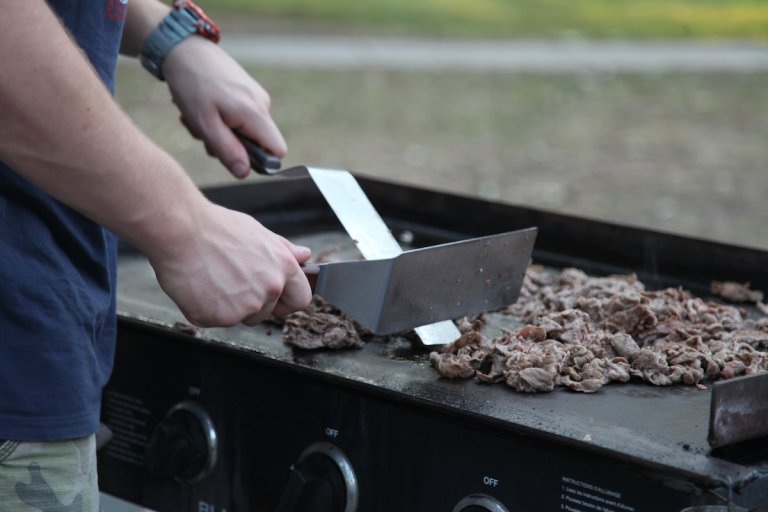
Elevate your griddle cooking with these essential accessories.
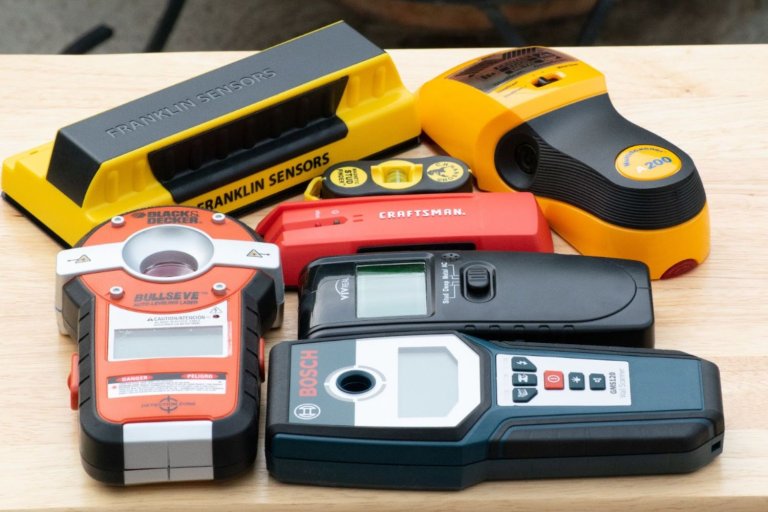
To get a stud finder that suits your needs and budget, start here with our guide to understanding and navigating the available options—and don’t miss my hands-on testing review to determine the most dependable stud finders.

Get a head start on a fresh New Year by clearing your house of clutter right now.

Reduce the irritating, damaging effects of dry air this winter by making a few simple changes to your daily routine.

Sun Joe’s popular electric pressure washer is half off for Cyber Week, making this a prime time to think ahead for next spring’s deep-cleaning projects.
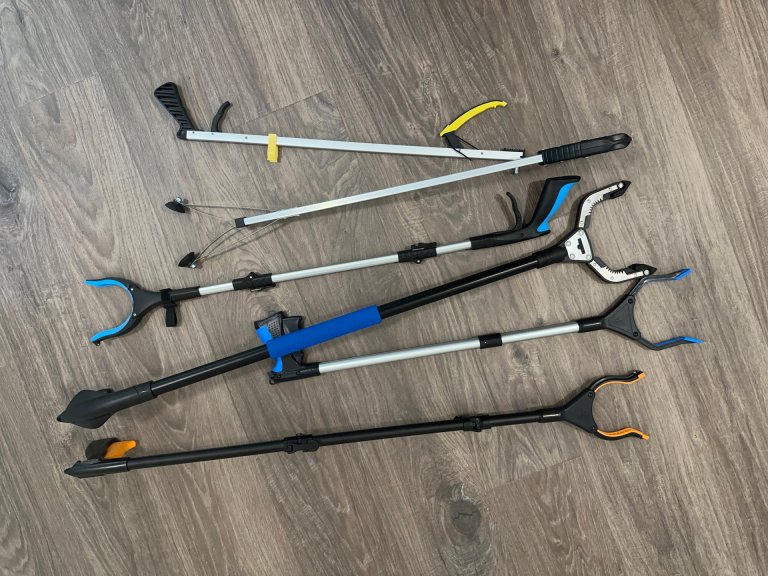
A simple grabber tool can help make it easier to use household objects that might otherwise be out of reach.

Save on smart home devices like security cameras, lighting, outlets, and more during Amazon's Cyber Monday event.

Save up to 60% off on top Craftsman tools during Amazon's Cyber Monday event.

A top-rated smokeless fire pit is now priced for cold-weather gatherings.
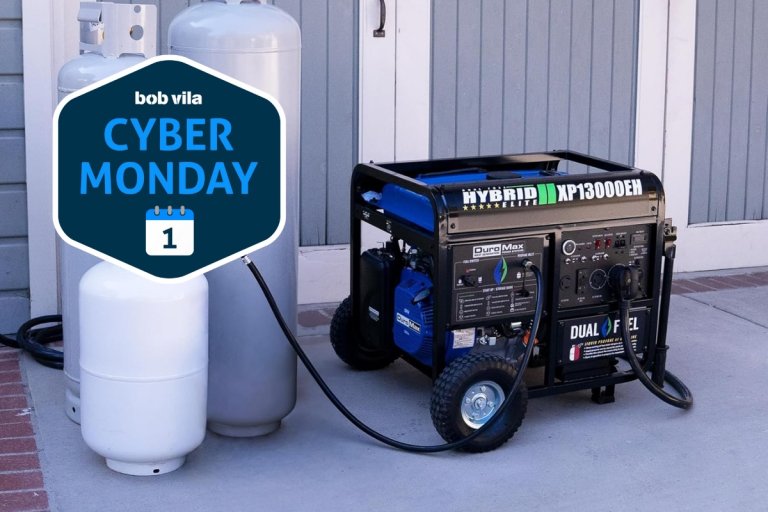
A powerful whole-home–ready generator just dropped to its lowest price for Cyber Monday—offering dependable backup power right before winter storms hit.